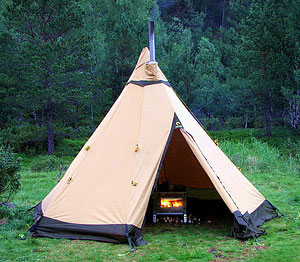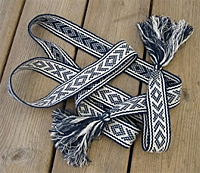Please choose your country or region so we can show you the most relevant content.
It looks like you are in United States? Accept
Africa
- Algeria
- Angola
- Benin
- Botswana
- Burkina Faso
- Burundi
- Cabo Verde
- Cameroon
- Central African Republic
- Chad
- Comoros
- Congo
- Côte d'Ivoire
- Djibouti
- DR Congo
- Equatorial Guinea
- Eritrea
- Eswatini
- Ethiopia
- Gabon
- Gambia
- Ghana
- Guinea
- Guinea-Bissau
- Kenya
- Lesotho
- Liberia
Asia
Australasia
Europe
- Albania
- Andorra
- Austria
- Belarus
- Belgium
- Bosnia and Herzegovina
- Bulgaria
- Croatia
- Czechia
- Denmark
- Estonia
- Finland
- France
- Germany
- Greece
- Greenland
- Holy See
- Hungary
- Iceland
- Ireland
- Italy
- Latvia
- Liechtenstein
- Lithuania
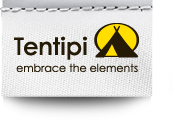





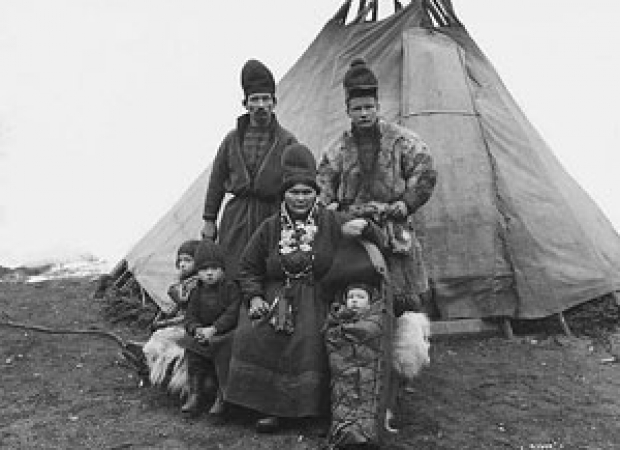
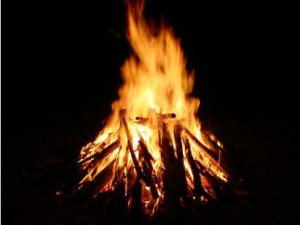 The products we design and manufacture have a heritage based on design principles proven effective over thousands of years for the nomadic people of northern Scandinavia and Russia – people for whom the Nordic Tipi wasn’t just a place to sleep. It was a home. These designs work well, and they endure.
The products we design and manufacture have a heritage based on design principles proven effective over thousands of years for the nomadic people of northern Scandinavia and Russia – people for whom the Nordic Tipi wasn’t just a place to sleep. It was a home. These designs work well, and they endure.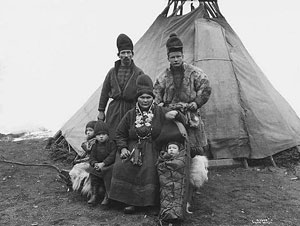 Of course our materials and manufacturing techniques have evolved somewhat since then, but in order to understand the basic unchanging design, we need to turn back the clock, and visit the original designers – the Sami. These indigenous people of northern Sweden, Norway, Finland and the Kola Peninsula of northern Russia were (and continue to be) reindeer herders. This was a semi-nomadic livelihood in an environment known for its extremes of climate – bitterly cold and snowy in the winter months, and very hot in the summer, with pools of meltwater providing the perfect breeding ground for Arctic mosquitoes.
Of course our materials and manufacturing techniques have evolved somewhat since then, but in order to understand the basic unchanging design, we need to turn back the clock, and visit the original designers – the Sami. These indigenous people of northern Sweden, Norway, Finland and the Kola Peninsula of northern Russia were (and continue to be) reindeer herders. This was a semi-nomadic livelihood in an environment known for its extremes of climate – bitterly cold and snowy in the winter months, and very hot in the summer, with pools of meltwater providing the perfect breeding ground for Arctic mosquitoes.